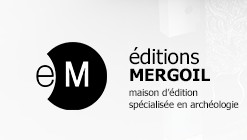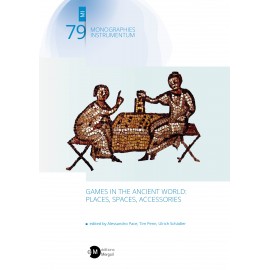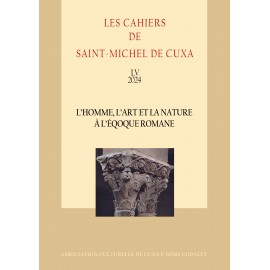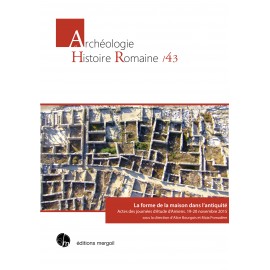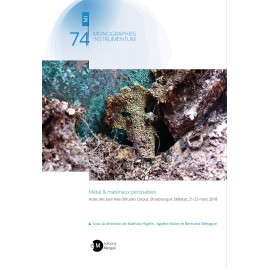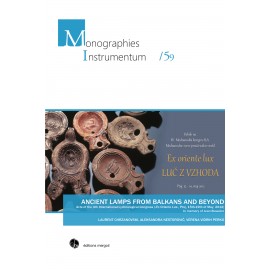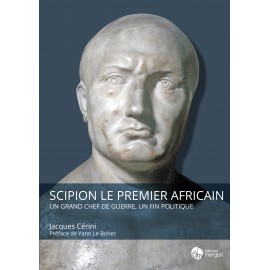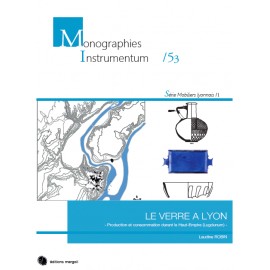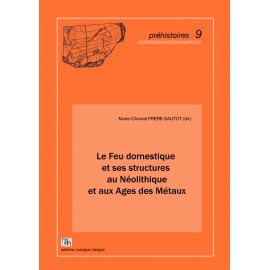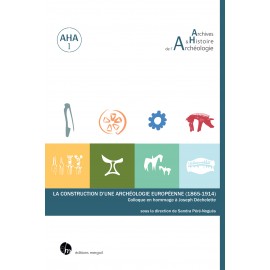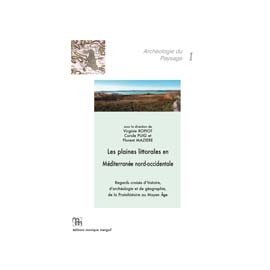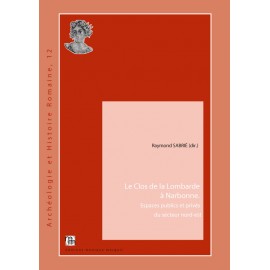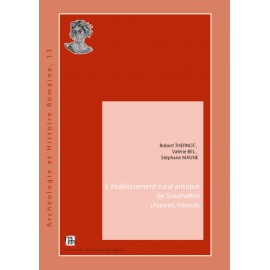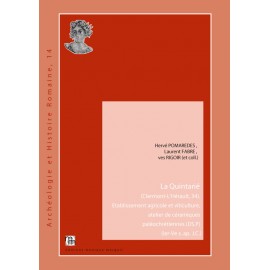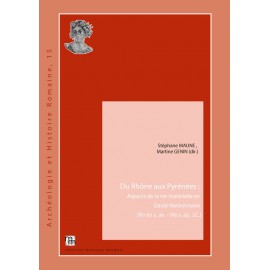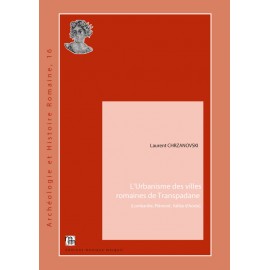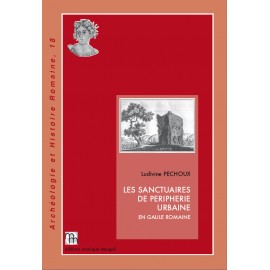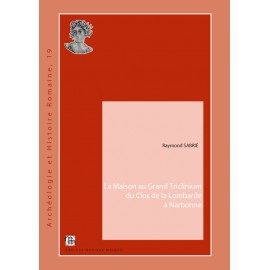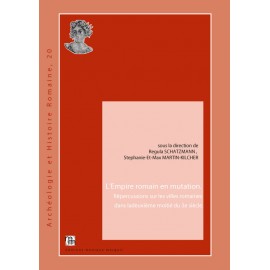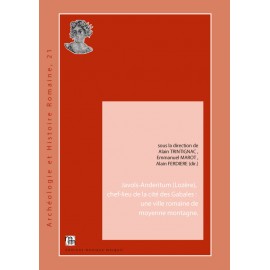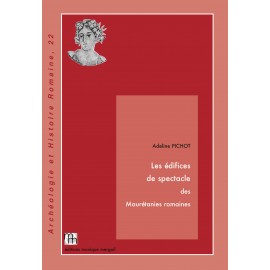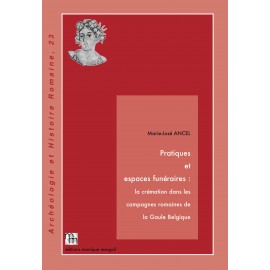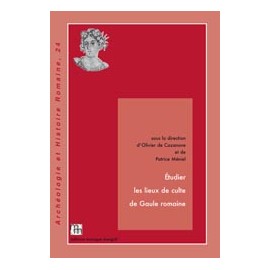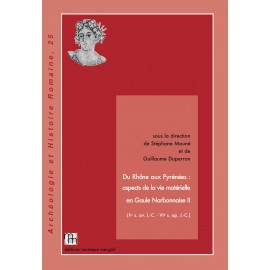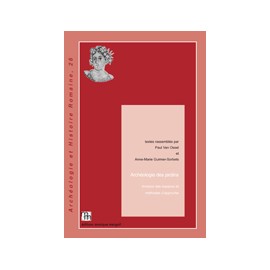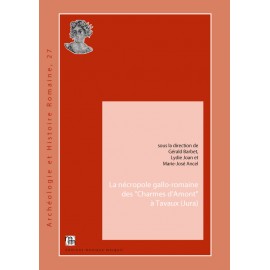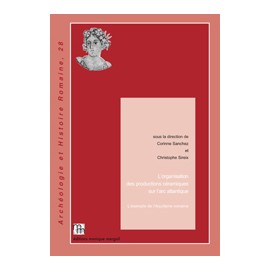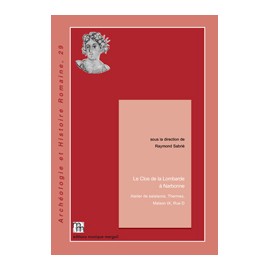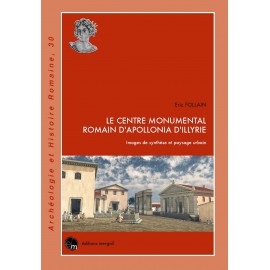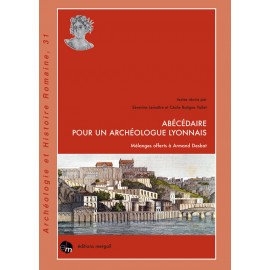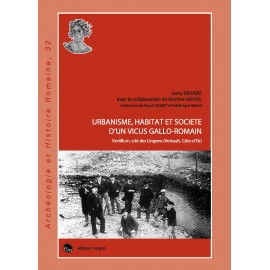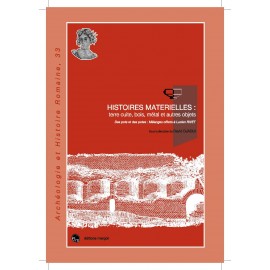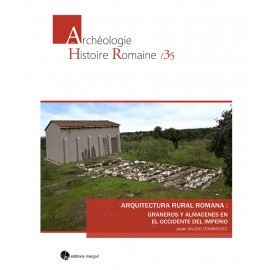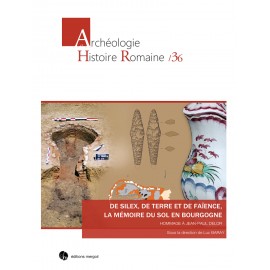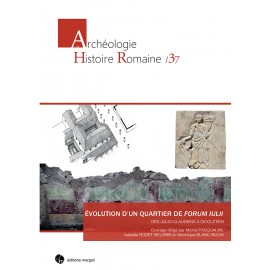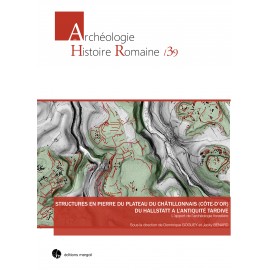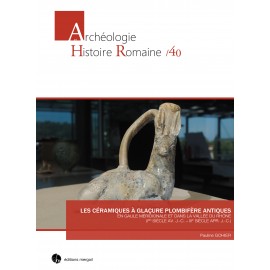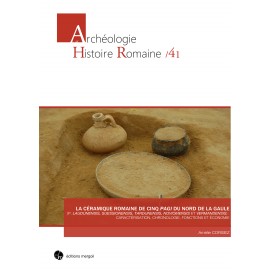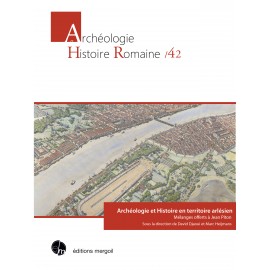No products
Prices are tax included
Product successfully added to your shopping cart
There are 0 items in your cart. There is 1 item in your cart.
Archéologie et Histoire Romaine
- Archéologie et Histoire Romaine
- Archéologie Moderne et Contemporaine
- Archéologie des Plantes et des Animaux
- Archéologie du Paysage
- Archives & Histoire de l'Archéologie
- Europe Médiévale
- Monographies Instrumentum
- Préhistoires
- Protohistoire européenne
- Research Protocols
- Off collections
- Les cahiers de saint-michel de Cuxa
- Second-hand
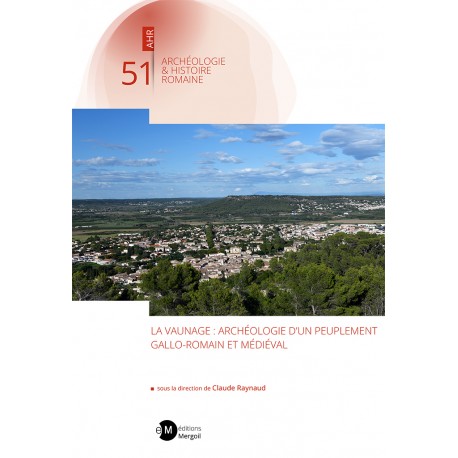 View larger
View larger LA VAUNAGE : archéologie d’un peuplement gallo-romain et médiéval
AHR-51
New
AHR-51 - LA VAUNAGE : archéologie d’un peuplement gallo-romain et médiéval
sous la direction de Claude Raynaud 2024, 340 p. coul, (ISBN : 978-2-35518-144-3).
langue : français. diffusion : éditions Mergoil
More info
Near Nîmes, the Vaunage combe is exceptionally densely occupied in the Languedoc region, offering a wealth of housing forms and settlement networks. While the earliest pre- and protohistoric housing have
been the focus of most research, Gallo-Roman and medieval facilities remained unknown until recently. This book sets out to identify the permanence, dynamics and forms of settlement in the first millennium
AD. This explains why the Celtic name of Anagia, the oppidum of Nages, has survived the centuries to designate, in Carolingian times, the vallis Anagia, the Vaunage, a political division of the county of Nîmes, as
well as the villa Anagia, the prefiguration of the village of Nages. This demonstrates the heuristic value of a long-term history. Within a program of spatial archaeology, about ten authors analyze the Vaunage through
the prism of agrarian development, housing, communication routes and society as perceived through epigraphy, medieval agrarian archives and the methods of quantitative geography and statistical analysis.
Auteurs :
Marilyn Bovagne, Thibaud Canillos, Philippe Cayn, Michel Christol, Guilhem Fabre, François Favory, Élise Fovet, Yves Manniez, Laure Nuninger, Marie-Jeanne Ouriachi, Richard Pellé, Michel Piskorz, Claude Raynaud, David Tosna, François Pierre Tourneux
Sommaire :
Avant-propos
Introduction
Partie I : Le cadre, la méthode
Chapitre 1. La géographie physique
Chapitre 2. Le cadre politique
Chapitre 3. Des recherches anciennes et d’une rare intensité
Chapitre 4. La carte archéologique : apports et limites
Chapitre 5. Les étapes du peuplement de la Vaunage
Chapitre 6. Sources et méthode de l’enquête
Partie II : Le peuplement gallo-romain
Chapitre 7. Terroirs et territoires
Chapitre 8. Communications et échanges
Chapitre 9. Dynamique du peuplement
Chapitre 10. Formes de l’habitat gallo-romain
Chapitre 11. Du peuplement à la population : une société hiérarchisée
Chapitre 12. Abandons et recompositions : la fin de l’Antiquité
Partie III. Le peuplement médiéval
Introduction
Chapitre 13. Des recherches anciennes et multiples
Chapitre 14. Le temps des uillae (VIe-XIe s.)
Chapitre 15. Calvisson, naissance d’un castrum (XIe-XIIIe s.)
Chapitre 16. Castra et uillae autour de Calvisson : le réseau des XIIe-XIVe siècles
Chapitre 17. Le maillage territorial
Chapitre 18. L’économie rurale médiévale
Chapitre 19. La population médiévale
Conclusion
Partie IV. Notices analytiques des établissements gallo-romains et médiévaux de Vaunage
Bibliographie générale
